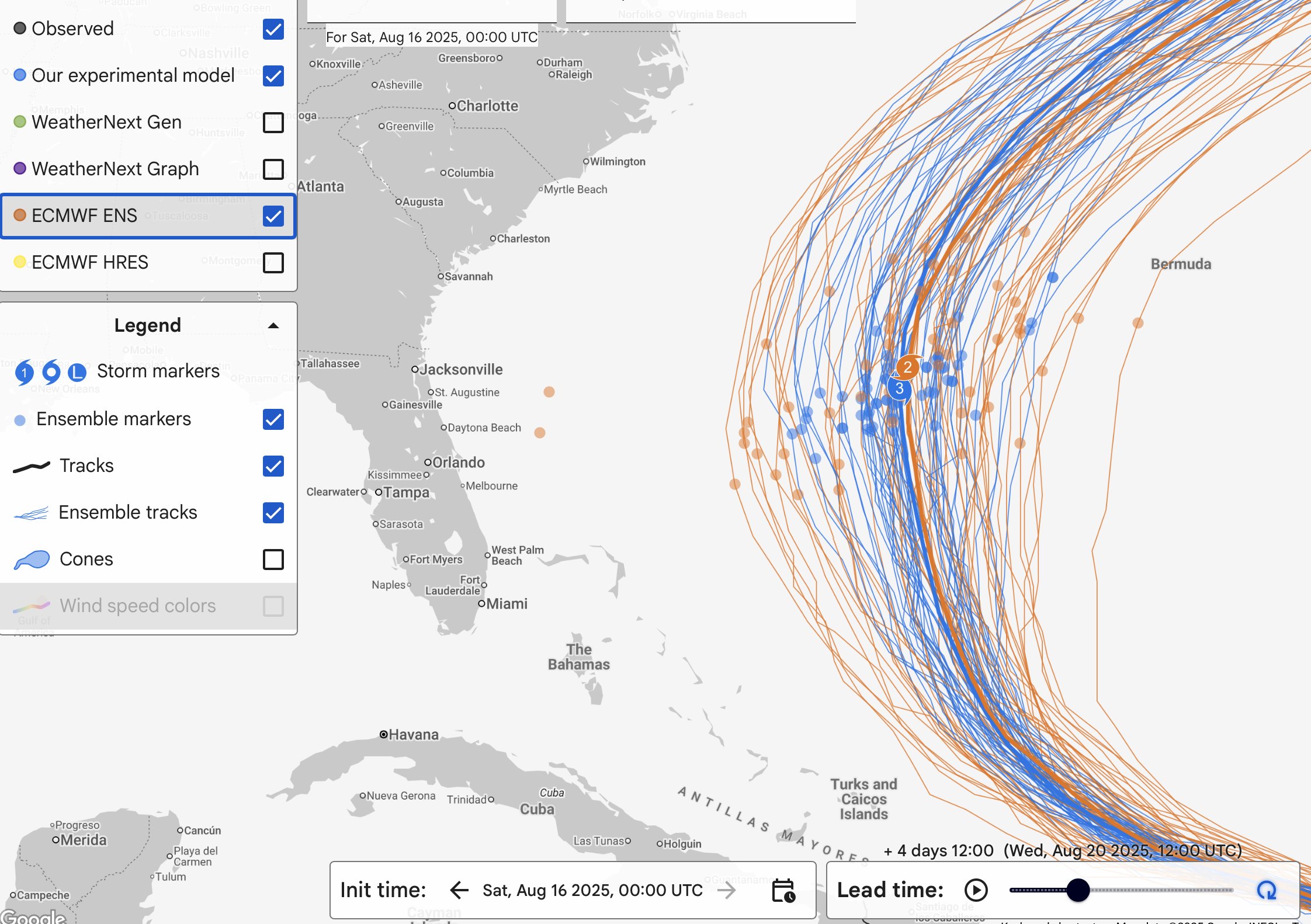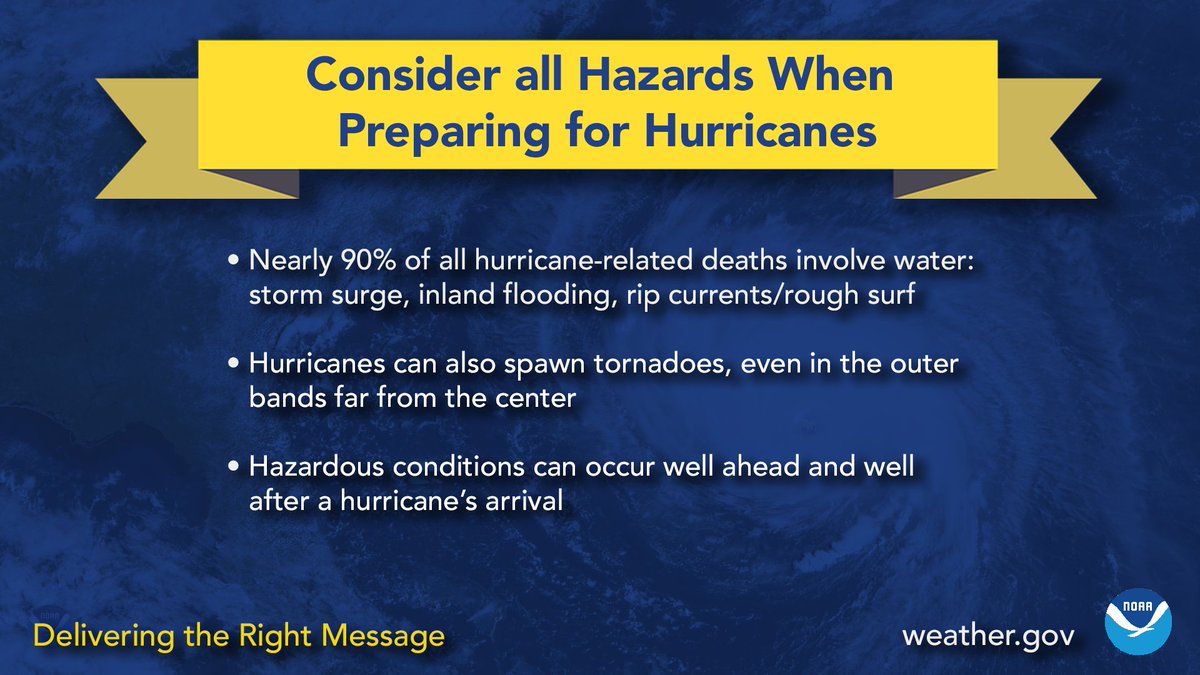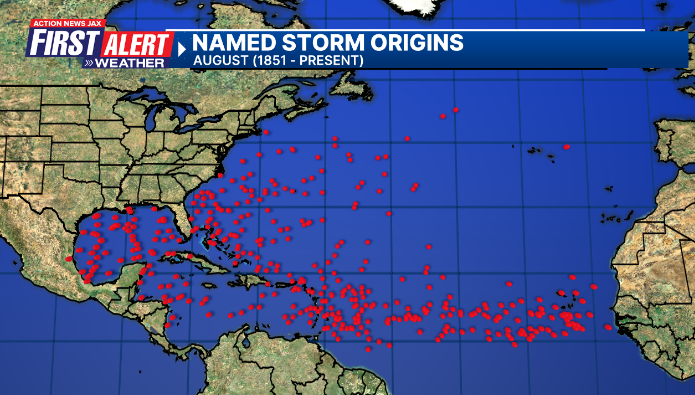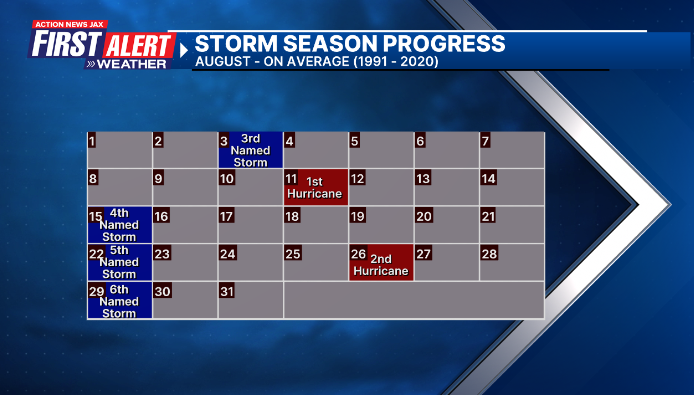Jacksonville, Fl. — THE TROPICS:
***** ALWAYS CHECK & RE-CHECK THE LATEST FORECAST & UPDATES! ****
Tropics threats/impacts for Jacksonville/NE Florida/SE Georgia: None through the weekend. An increase in seas & surf & a dangerous rip current next week... as Erin moves northbound far to the east of Florida.
The Atlantic Basin Overview:
The Atlantic hurricane season is June 1st through Nov. 30th.
(1) A Tropical Storm WATCH: A Tropical Storm WATCH: St. Martin and St. Barthelemy... Sint Maarten
Tropical wave ‘97-L’ moved off the coast of Africa Sunday & was upgraded to tropical storm “Erin” Mon. morning. Erin has slowly organized & strengthened & was upgraded to a hurricane Fri. morning - the first of the Atlantic season- a little later than the avg. date of Aug. 11th. During a period of rapid intensification (RI), Erin reached Cat. 4 by early Saturday morning, and then a Cat. 5 shortly before noon. Erin should now remain a hurricane for at least a week while traversing mainly over water threading the needle north of Puerto Rico... east of the Bahamas... east of the U.S. east coast (& far to the east of Florida)... & west/northwest of Bermuda. There will be fluctuations in intensity with eyewall replacement cycles initially then an increase in northwest shear next week at which time Erin’s girth should increase rather dramatically.
Recent operational model trends as well as ensemble guidance (conglomeration of all the model output) continue the northward turn over the SW Atlantic well to the east of Florida & the U.S. east coast. The trend has been persistent outside of an occasional blip on an odd out model run or two. Indications are now that at least weak troughing - or break in the ridge of high pressure - will remain over or near the Western Atlantic helping to encourage the critical northward turn. Changes in exactly how this evolves are still likely, but I continue to favor the “call” of well east of Florida & the Bahamas. It’s worth noting neither the ridge over the Atlantic or the trough near the U.S. east coast are particularly strong in the longer range which makes for at least the potential for some additional changes in the longer range track. Still... there will be some semblance of a sharp turn north by late in the weekend/early in the upcoming week.
Over the weekend as Erin gains very gradually gains latitude (more north) the hurricane will move north & northeast of Puerto Rico by 200+ miles. The primary impacts look to be waves & surf on north facing beaches along with rip currents... & a few bands of gusty showers & storms with similar impacts - perhaps a bit stronger wind because of the slow turn to the northwest - for a few of the islands in the far north Lesser Antilles.
And there may very well be impacts to Bermuda by late next week.
Again - stay up to date on the latest forecasts.
A lot of crazy stuff being posted in the social media world as well as by those not “in the know” - stick to reliable sources(!).


The map below valid for Wed., Aug. 20th shows the forecast from the new Google Weather Lab AI model along with the European HiRes & each model’s ensemble (remains solidly east):


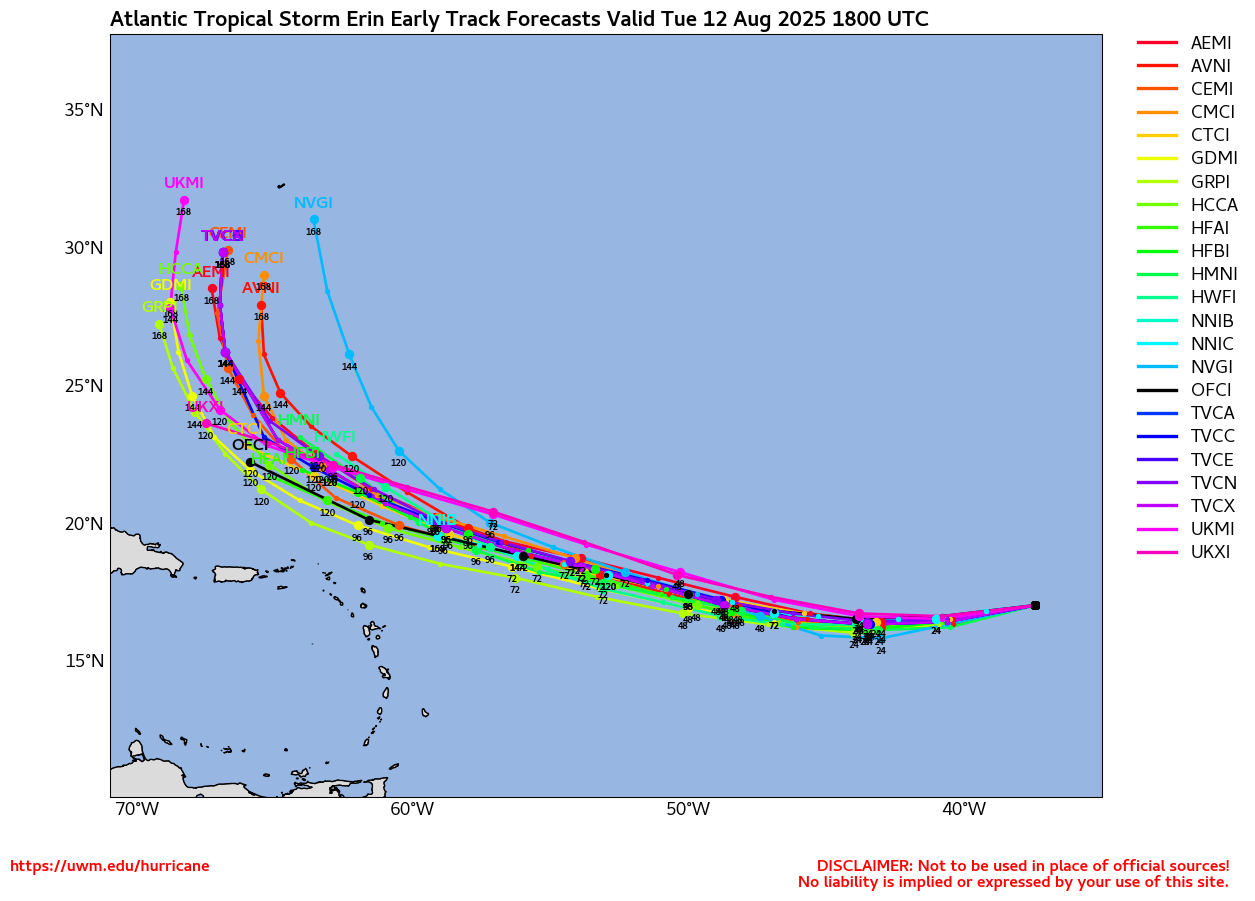

Puerto Rico N.W.S. radar:
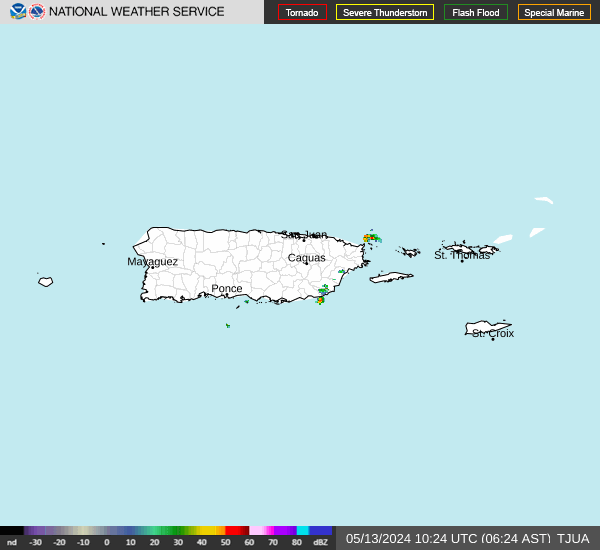



‘Velocity potential anomalies’ below. shows “Rising” air (green lines) equates with an uptick in overall convection. With rising air, conditions are generally more favorable for tropical development. Where there are brown lines, the air is generally sinking & is often less conducive to tropical cyclones (though not impossible to have development). A (MJO) pulse overspread the Atlantic during the past week but has recently been shunted to the south.
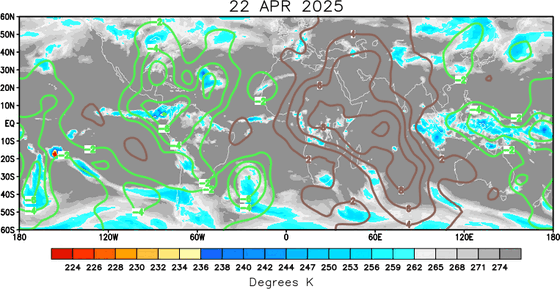
The “Buresh Bottom Line”: Always be prepared!.....First Alert Hurricane Preparation Guide... City of Jacksonville Preparedness Guide... Georgia Hurricane Guide.
STAY INFORMED: Get the * FREE * First Alert Weather app
FREE NEWS UPDATES, ALERTS: Action News Jax app for Apple | For Android
WATCH “Preparing for the Storm”
WATCH “The Ins & Outs of Hurricane Season”
READ the First Alert Hurricane Center “Preparation Guide”
LISTEN “First Alert Weather: Preparing for the Storm”
Federal Alliance for Safe Homes (FLASH) * here *.
REMEMBER WHEN A TROPICAL STORM OR HURRICANE IS APPROACHING: Taping windows is *not* recommended & will not keep glass from breaking. Instead close curtains & blinds.
Realize the forecast cone (”cone of uncertainty”) is the average forecast error over a given time - out to 6 days - & *does not* indicate the width of the storm &/or where damage might occur.
The map below shows the *average* time for a tropical wave coming off Africa to travel west & northwest. Only about 1 in 5 tropical waves - on average - become a tropical cyclone of some sort (depression/storm/hurricane):
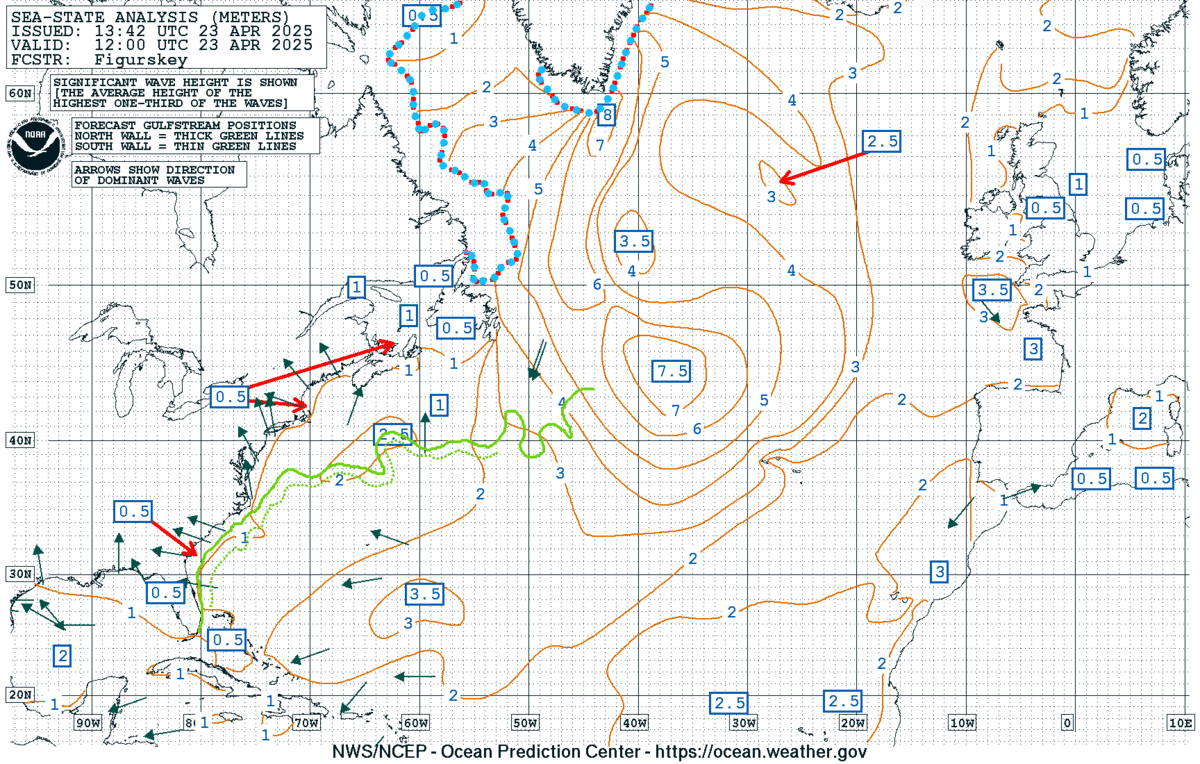
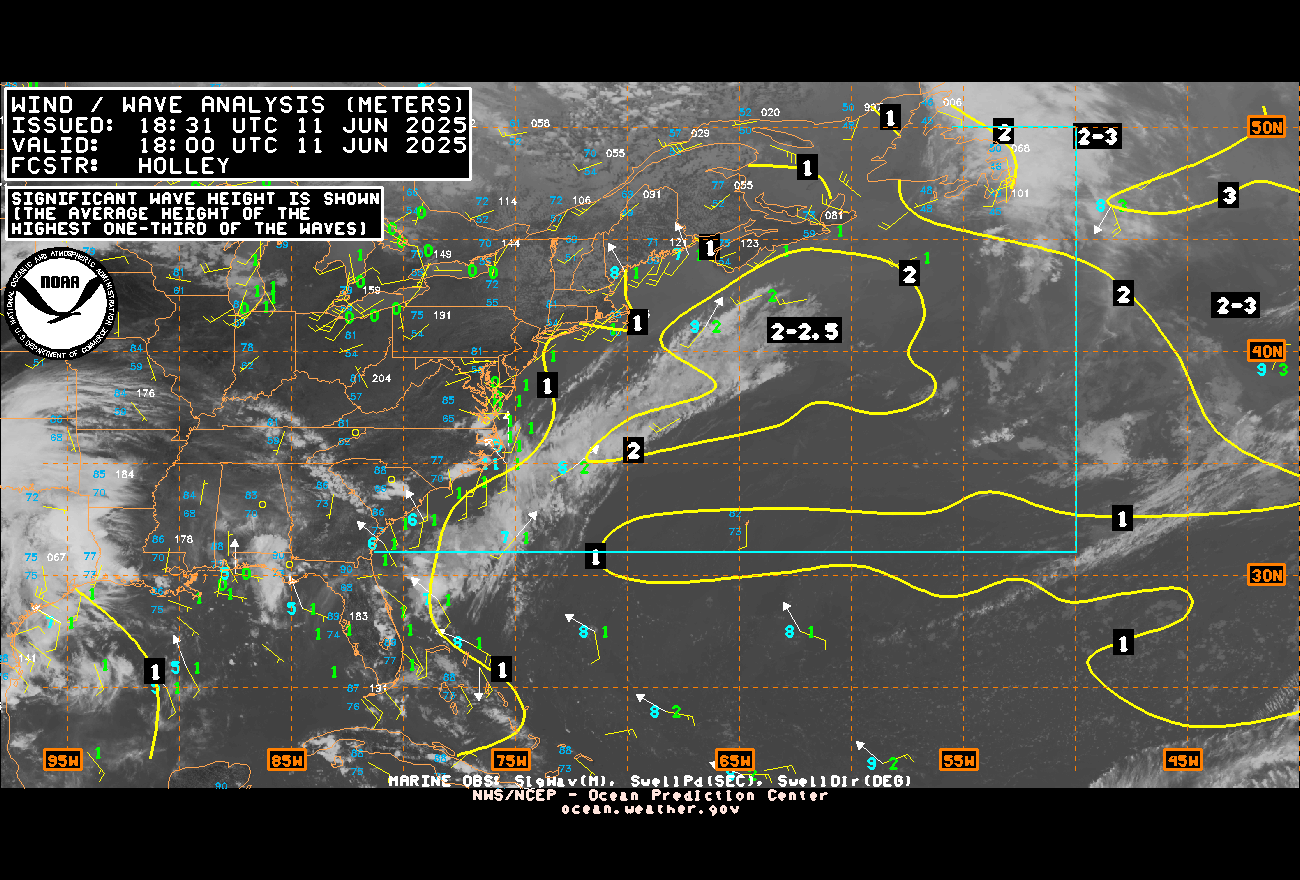




Water vapor loop (dark blue/yellow is dry mid & upper level air):

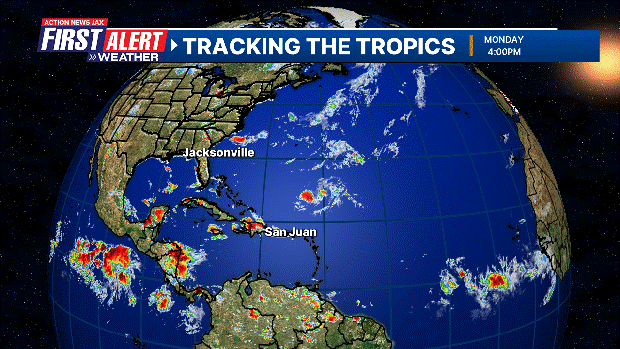
August Atlantic tropical cyclone origins:
Averages below based on climatology for the Atlantic Basin for August:
Wind shear (red - strong shear; green - low shear). Shear is typically strong to start the hurricane season:



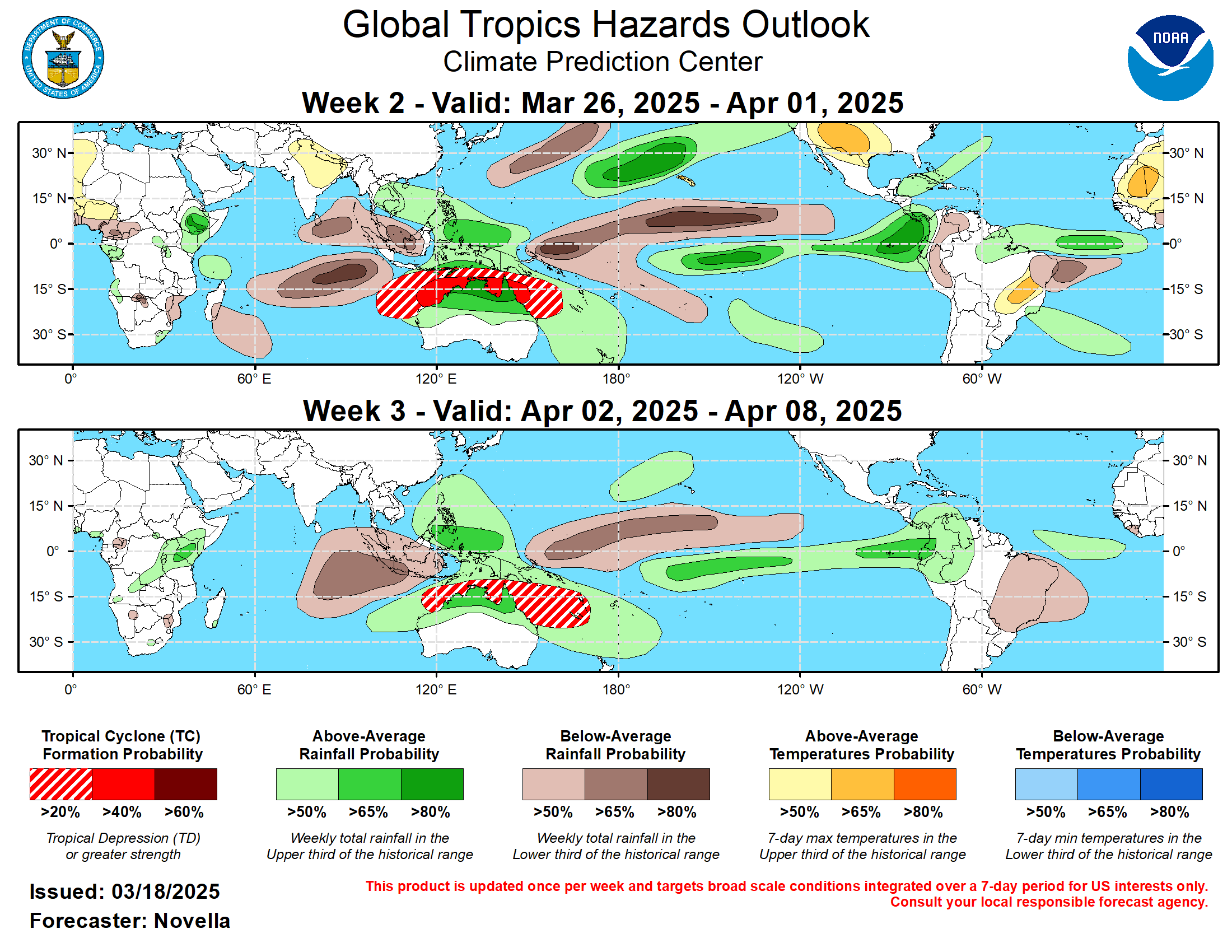
Saharan dust spreads west each year from Africa driven by the prevailing winds (from east to west over the Atlantic). Dry air = yellow/orange/red/pink. Widespread dust is indicative of dry air that *can* interfere with the development of tropical cyclones. However, sometimes “wanna’ be” waves will just wait until they get to the other side of - or away from - the dust plume then try to develop if other conditions are favorable (we saw this with Beryl & Debby last year). It’s my personal opinion that there is way too much “hoopla” about the presence of Saharan dust & how it relates to tropical cyclones. In any case, the peak of Saharan dust typically is in June & July, & we are indeed seeing a large “blobs” of Saharan dust over the Central & Eastern Atlantic that’s thinning with westward extent but enough of it to make for hazy skies across the Caribbean & - at times - across parts of Florida.
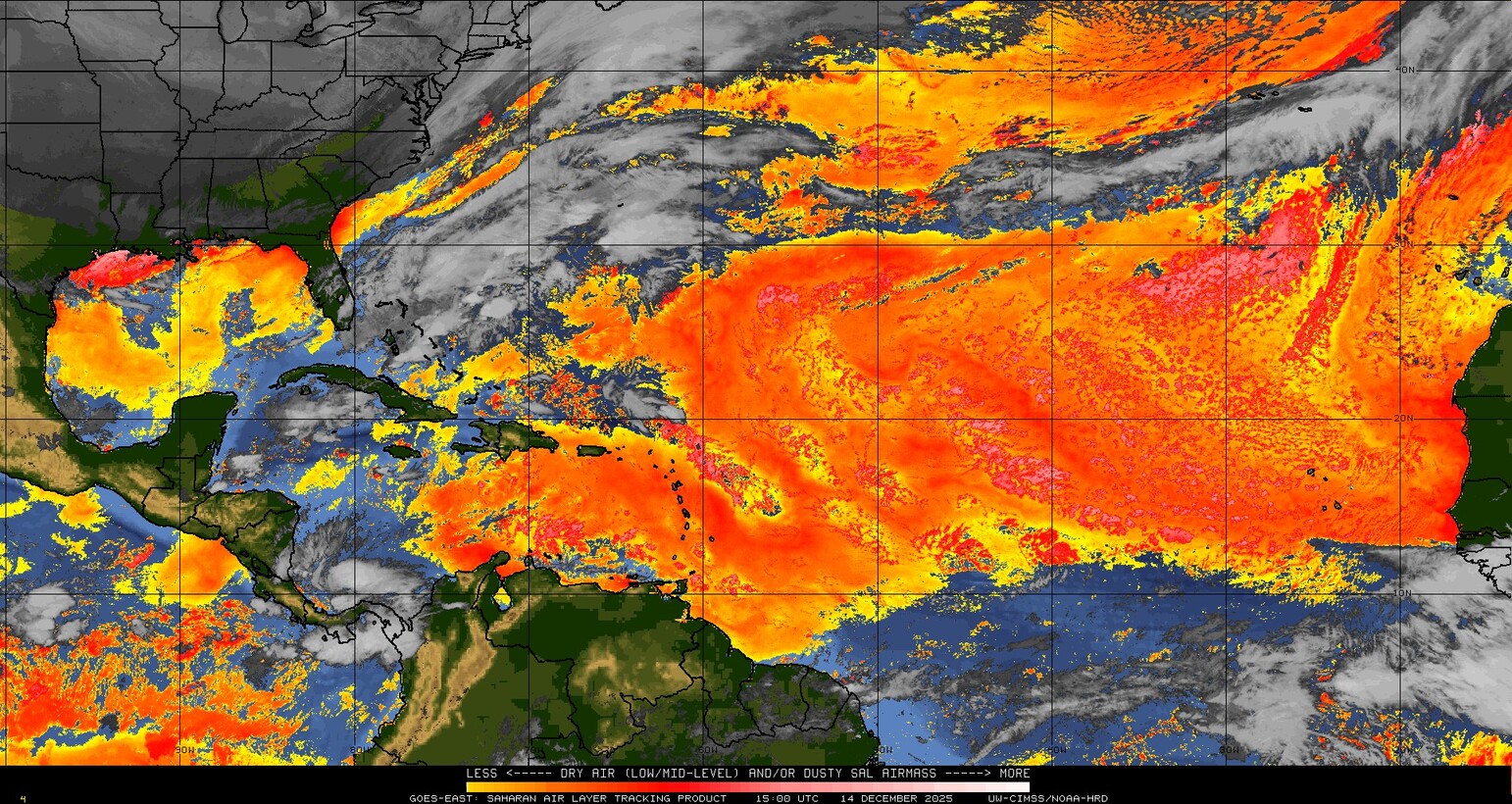
2025 names..... “Fernand” is the next name on the Atlantic list (names are picked at random by the World Meteorological Organization... repeat every 6 years). Historic storms are retired [Florence & Michael in ’18... Dorian in ’19 (the last time this year’s list was used) ... Laura, Eta & Iota in ‘20 ... Ida in ‘21 ... Fiona & Ian in ‘22... no names were retired in ‘23 for the first time since 2014... & Beryl, Helene & Milton last year in 2024]). The WMO decided - beginning in 2021 - that the Greek alphabet will be no longer used & instead there will be a supplemental list of names if the first list is exhausted (has only happened three times - 2005, 2020 & 2021). The naming of tropical cyclones began on a consistent basis in 1953. More on the history of naming tropical cyclones * here *.

Hurricane season climatology:
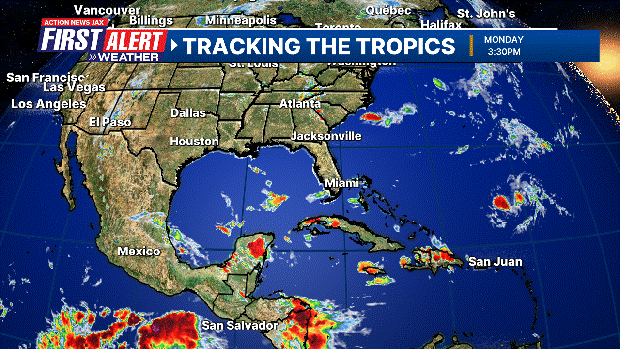



East Atlantic:




Mid & upper level wind shear (enemy of tropical cyclones) analysis (CIMMS). The red lines indicate strong shear:
Water vapor imagery (dark blue indicates dry air):

Deep oceanic heat content over the Gulf, Caribbean & tropical Atlantic. The colors will brighten greatly as the water warms to greater depths deeper into the season. It’s worth noting that the deep oceanic heat content right now is not as high as this time last year.

Sea surface temps.:

Sea surface temp. anomalies:
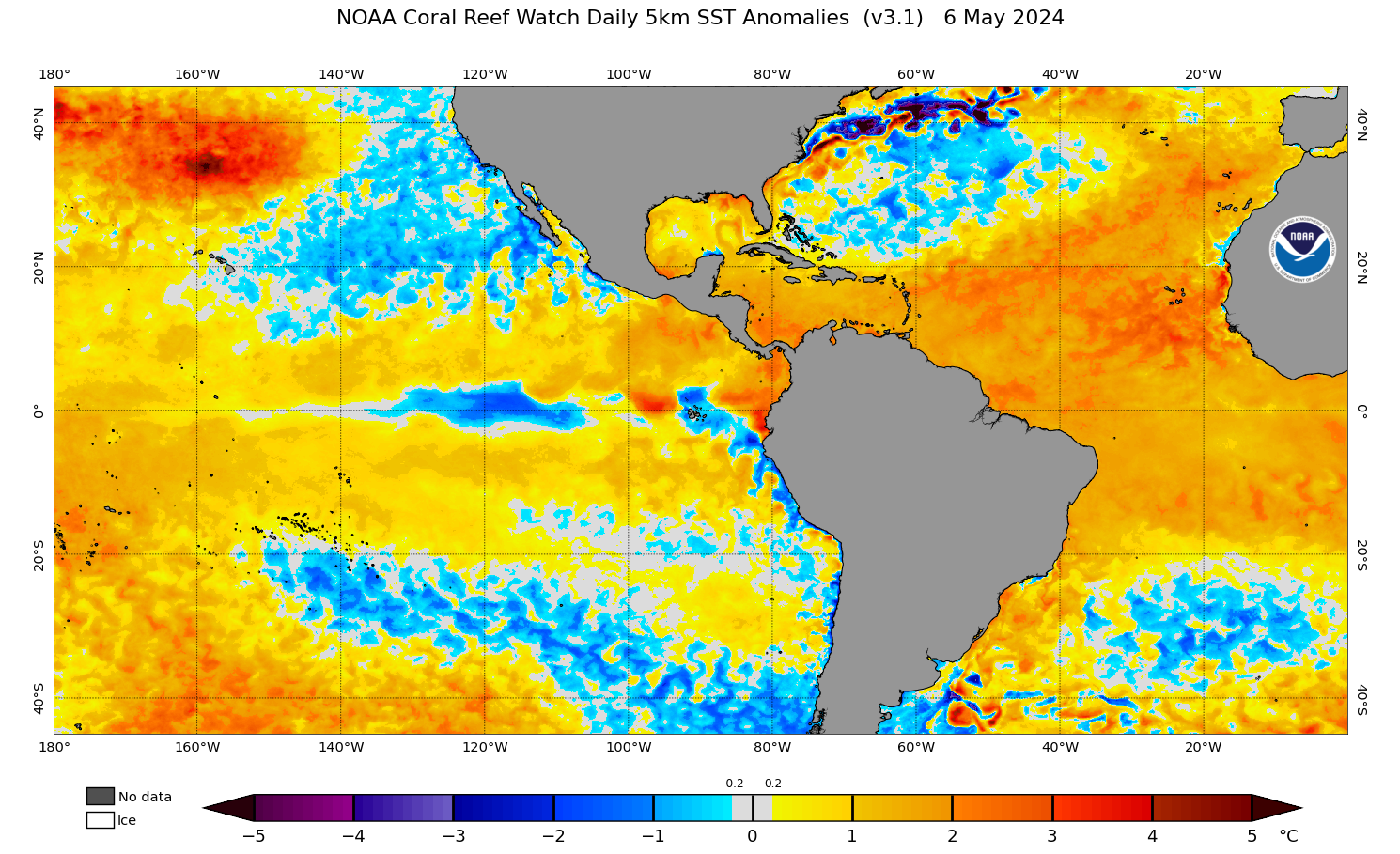
SE U.S. surface map:
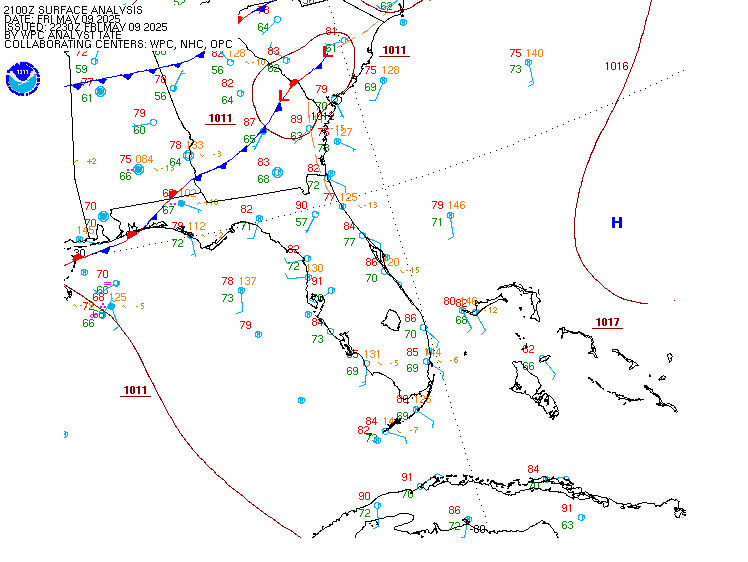
Surface analysis centered on the tropical Atlantic:
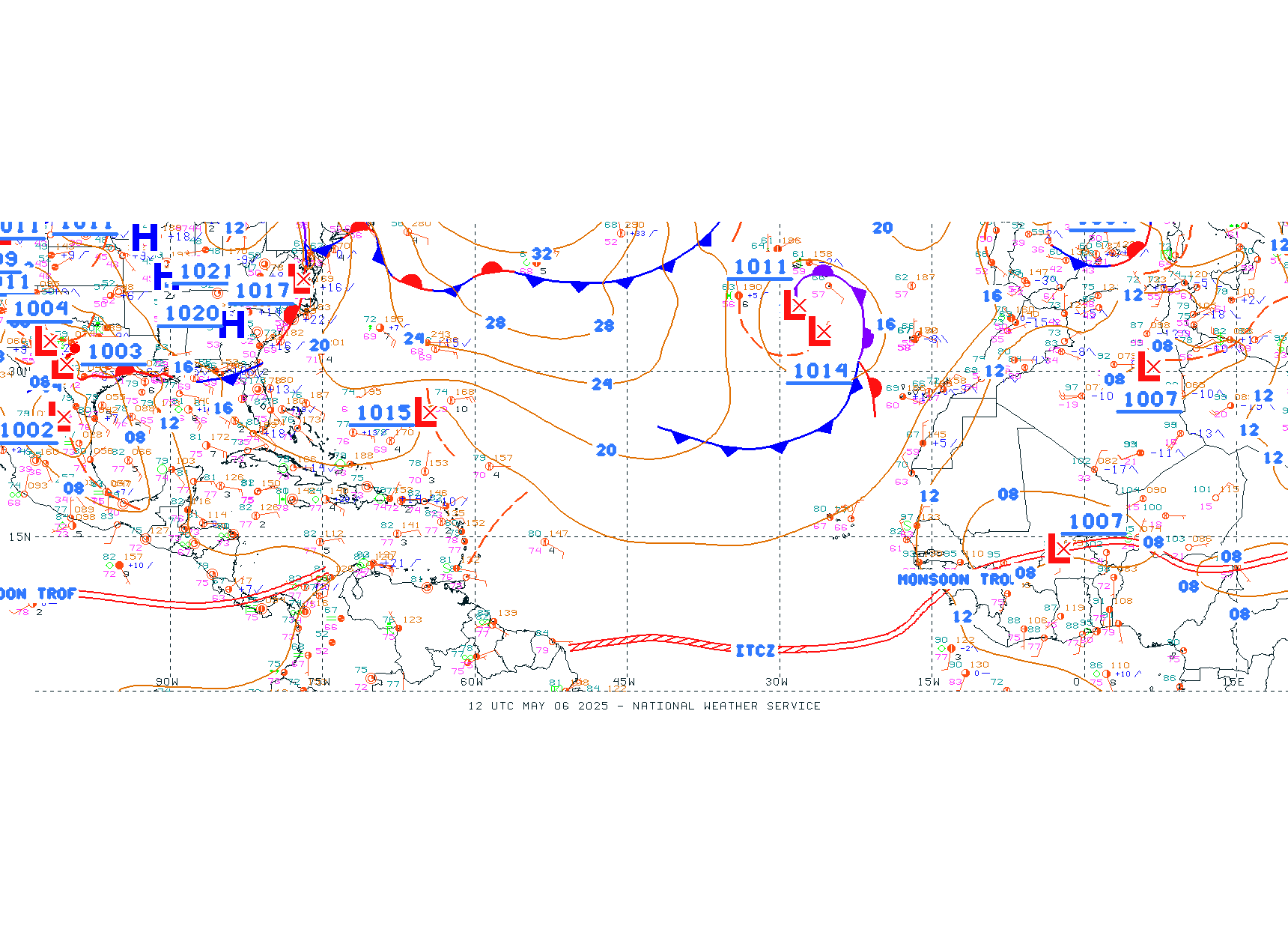
Surface analysis of the Gulf:

Caribbean:

Atlantic Basin wave period forecast for 24, 48, 72 & 96 hours respectively:
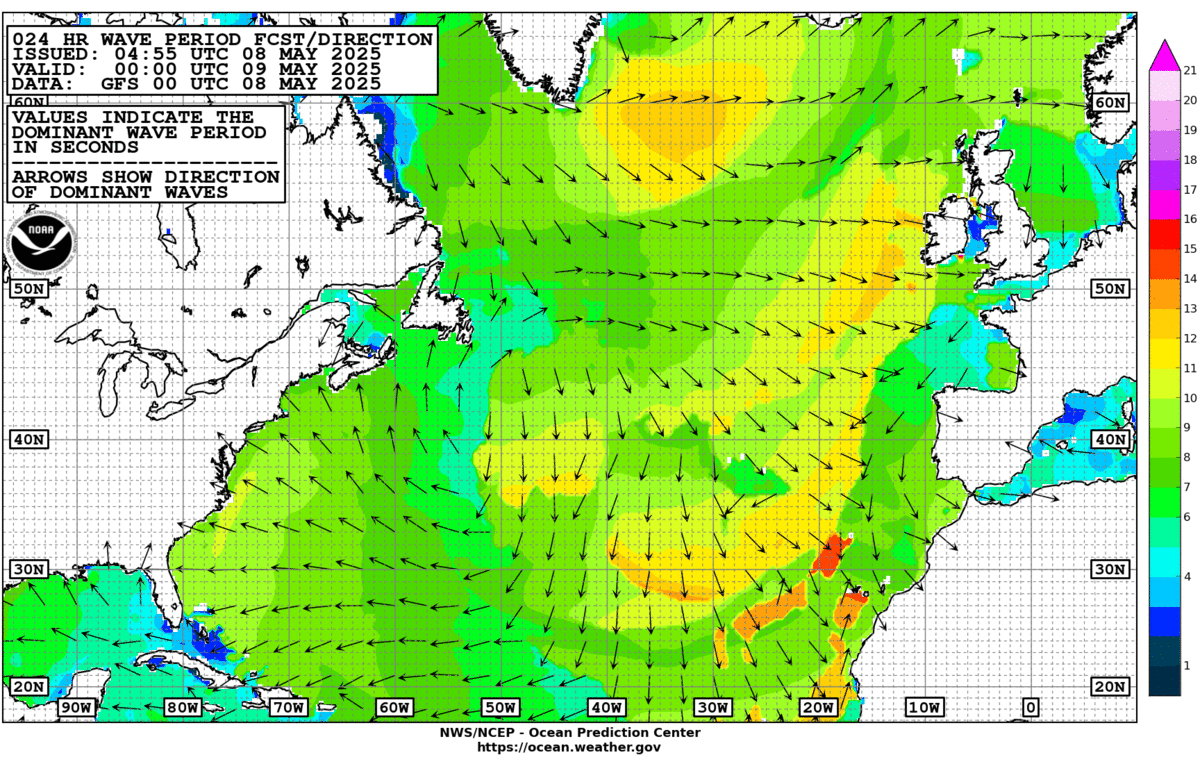
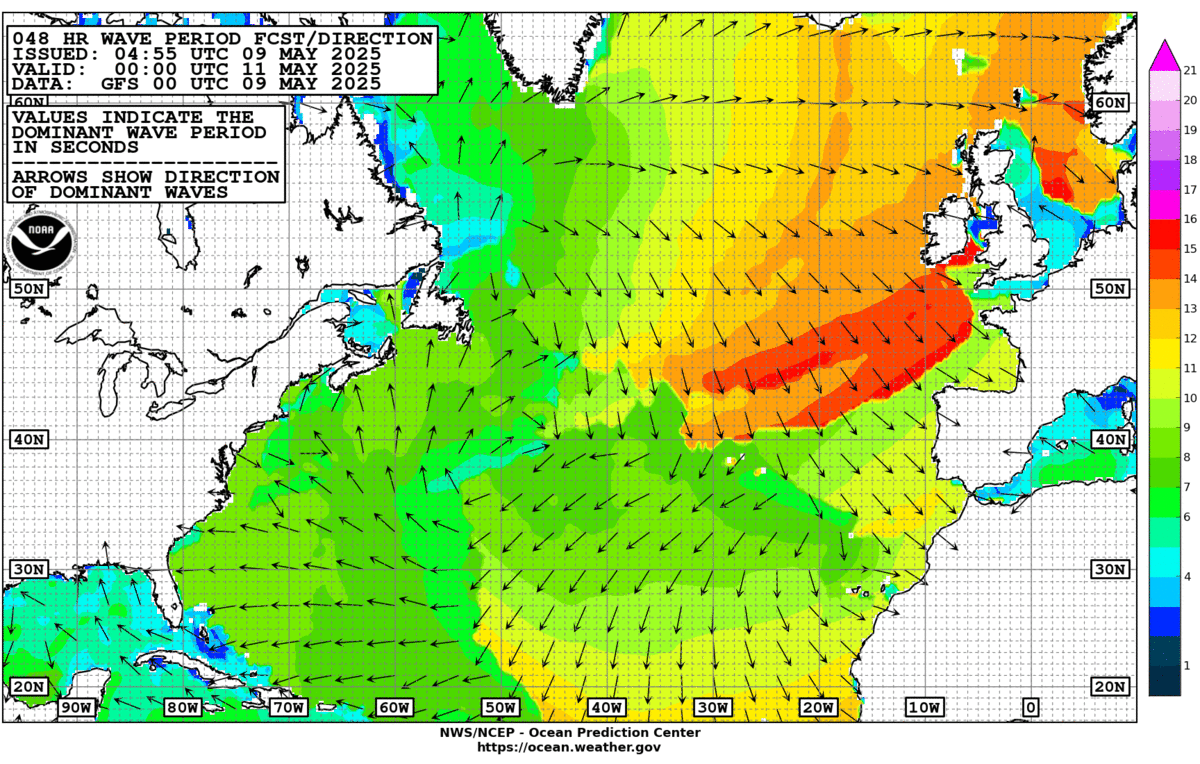
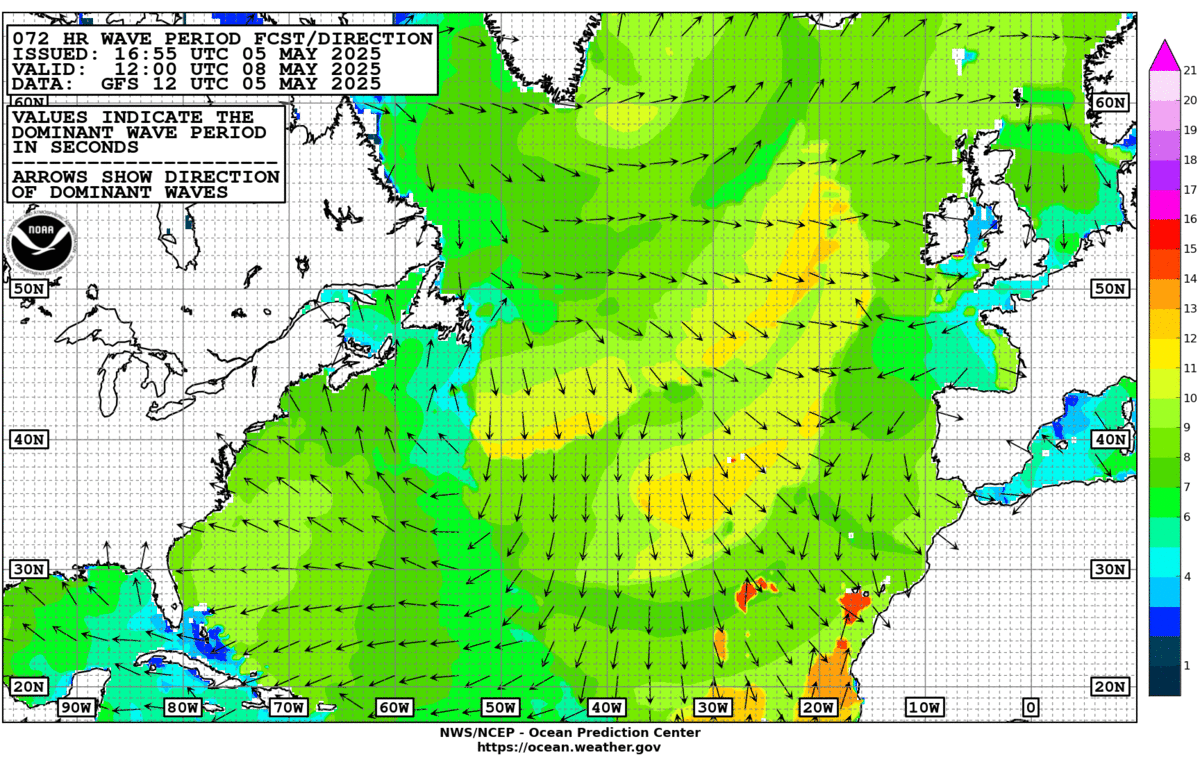
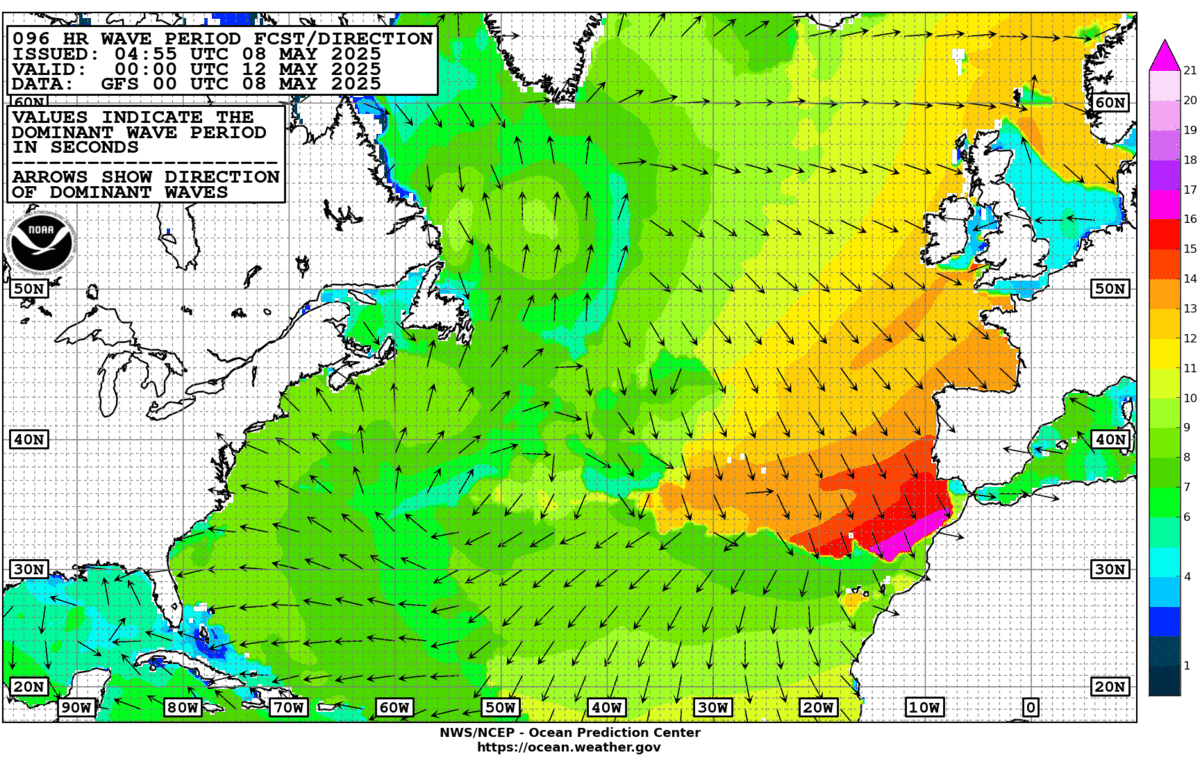

This past spring I visited the west coast of Florida - from Cedar Key to Tampa Bay - to see how the area is recovering from the very rough ‘24 hurricane season namely Helene & Milton:
East & Central Pacific:
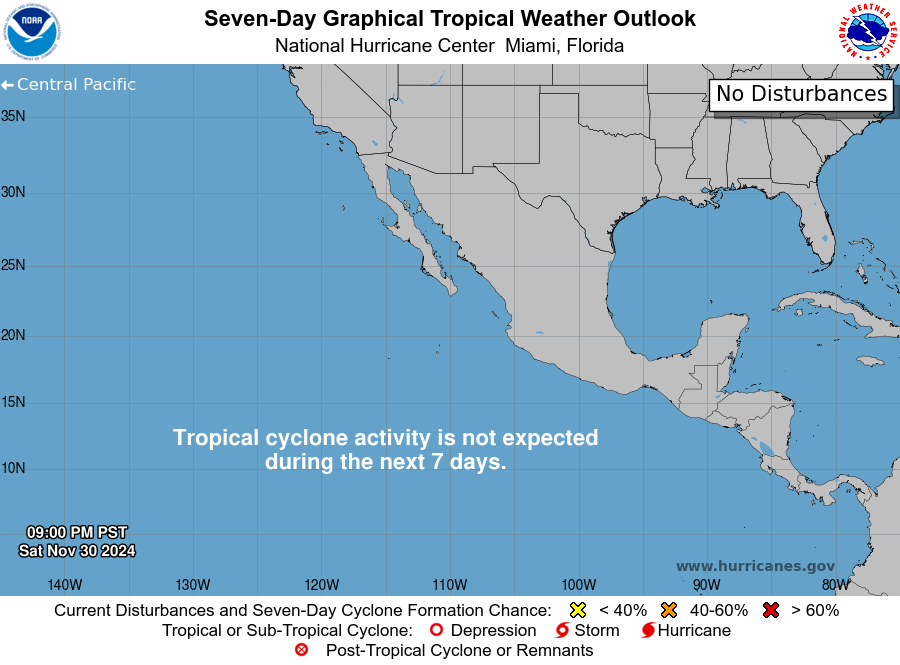



Central Pacific:
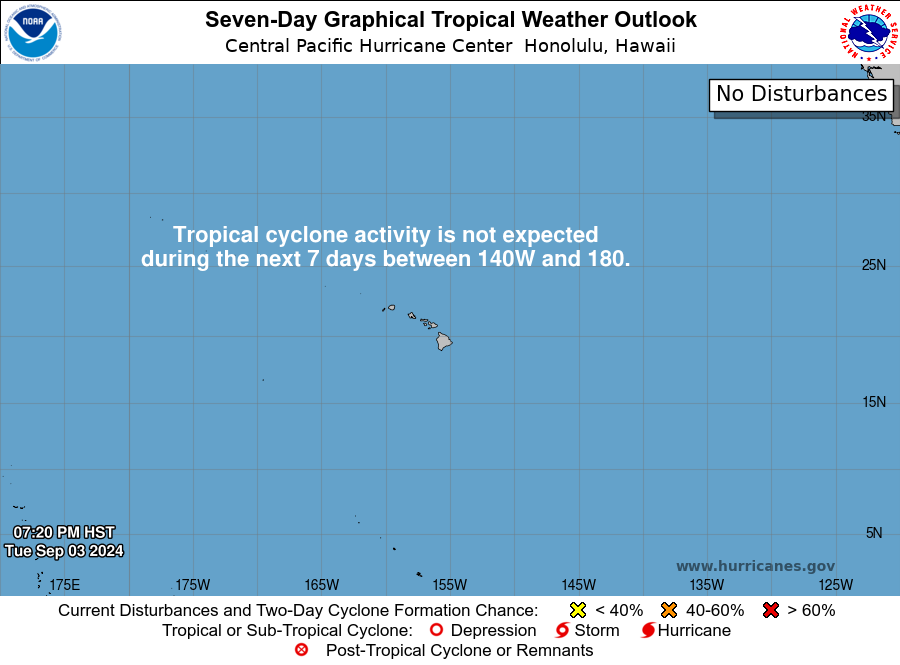
Hawaii satellite imagery:

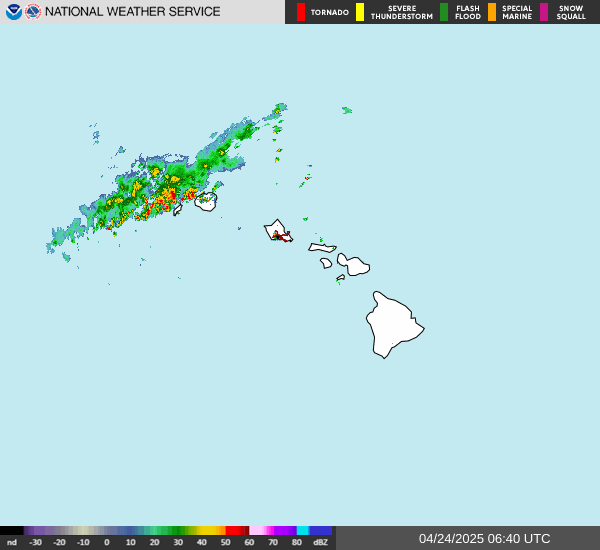
West Pacific:
Global tropical activity:
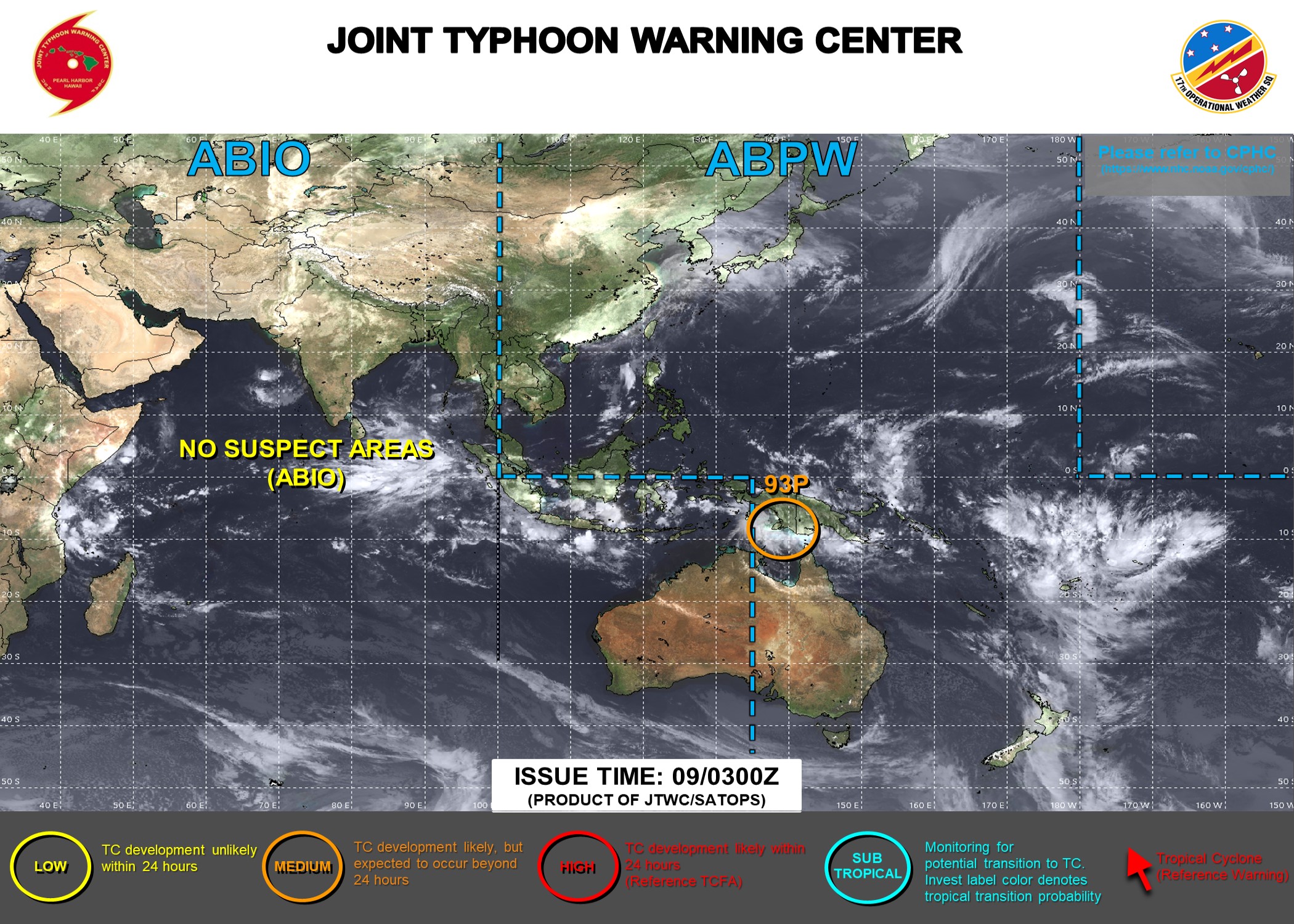
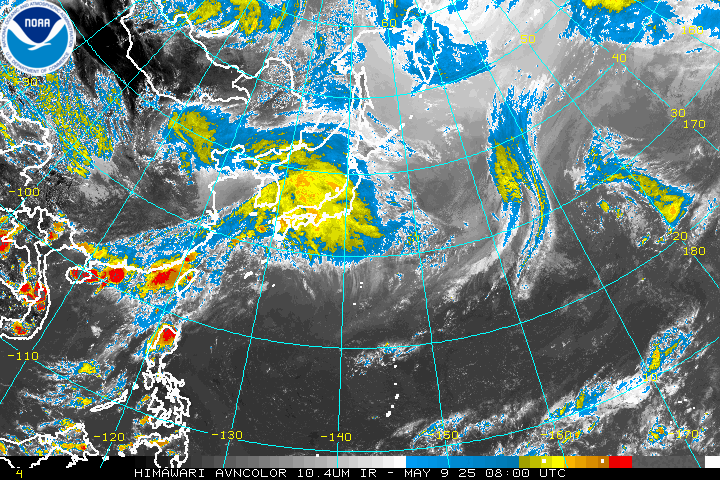
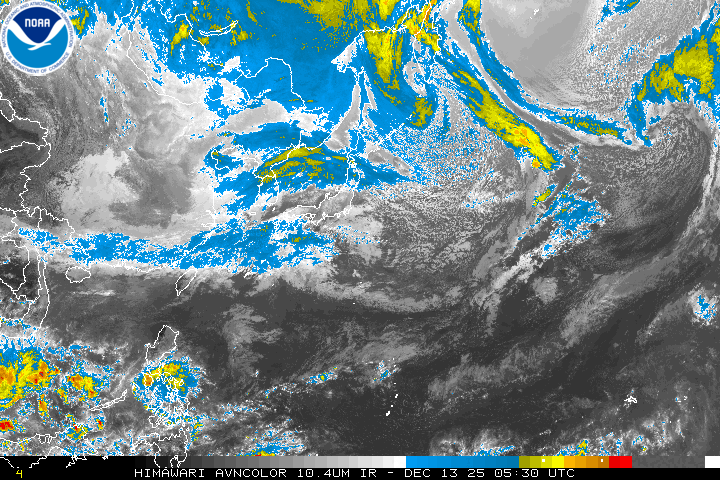
Cox Media Group


